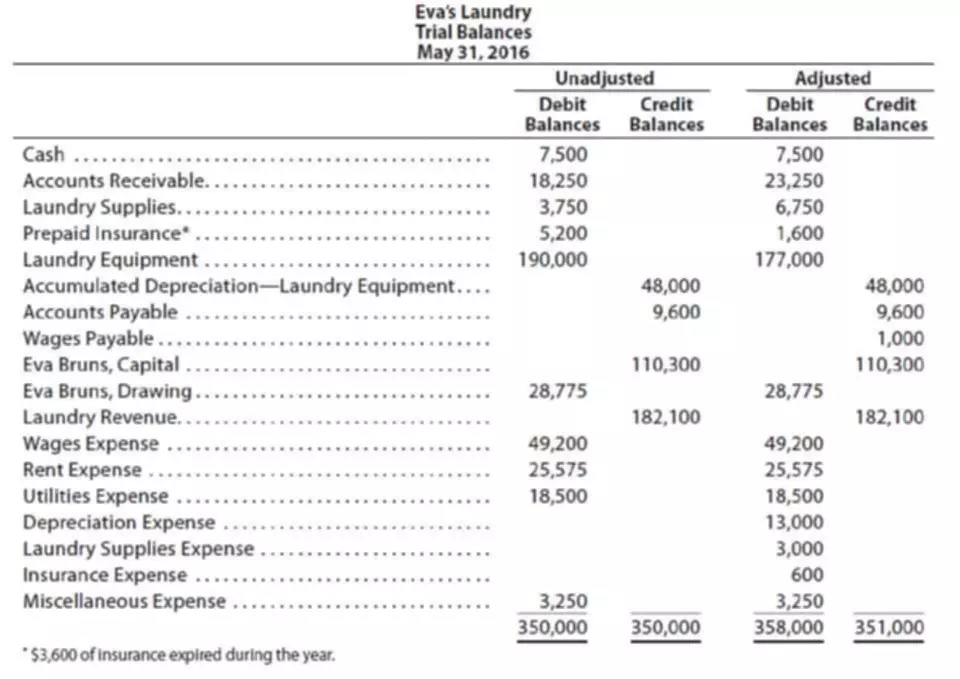Content
A growing business might decide to utilize retained earnings to finance growth while reducing debt simultaneously. Additionally, retained earnings is often used to finance possible mergers and acquisitions where a target business might provide some synergy or cost efficiencies. Profitability ratios are financial metrics used to assess a business’s ability to generate profit relative to items such as its revenue or assets. Shareholder equity is the amount invested in a business by those who hold company shares—shareholders are a public company’s owners. If a company sells a product to a customer and the customer goes bankrupt, the company technically still reports that sale as revenue. Therefore, revenue is only useful in determining cash flow when considering the company’s ability to turnover its inventory and collect its receivables.
Increasing dividends, at the expense of retained earnings, could help bring in new investors. However, investors also want to see a financially stable company that can grow, and the effective use of retained earnings can show investors that the company is expanding. Since retained earnings demonstrate profit after all obligations are satisfied, retained earnings show whether the company is genuinely profitable and can invest in itself. According to the provisions in the loan agreement, retained earnings available for dividends are limited to $20,000.
A guide to basic accounting for manufacturing businesses
In the case of an individual, it comprises wages or salaries or other payments. Retained earnings are left over profits after accounting for dividends and payouts to investors. If dividends are granted, they are generally given out after the company pays all of its other obligations, so retained earnings are what is left after expenses and distributions are paid. Each period, net income from the income statement is added to the retained earnings and is reported on the balance sheet within shareholders’ equity.
- By subtracting dividends from net income, you can see how much of the company’s profit gets reinvested into the business.
- The significance of this number lies in the fact that it dictates how much money a company can reinvest into its business.
- These reduce the size of a company’s balance sheet and asset value as the company no longer owns part of its liquid assets.
- The decision to retain the earnings or to distribute them among shareholders is usually left to the company management.
- Since retained earnings demonstrate profit after all obligations are satisfied, retained earnings show whether the company is genuinely profitable and can invest in itself.
- Retained earnings are the profit that a business generates after costs such as salaries or production have been accounted for, and once any dividends have been paid out to owners or shareholders.
Changes in retained earnings can provide important insights into a company’s performance. For example, if retained earnings increases over time, it could indicate retained earnings that a company is performing well. Conversely, if retained earnings decrease over time, it could indicate that a company is not generating sufficient profits.
Are Retained Earnings a Liability or Asset?
You can also use a company’s beginning equity to calculate its net income or loss. So, if you want to know your company’s net income, simply subtract its total liabilities from its total assets. By subtracting the dividends paid from the net income, you can see how much profit the company has reinvested in itself.
Below, you’ll find the formula for calculating retained earnings and some of the implications it has for both businesses and investors. Retaining earnings by a company increases the company’s shareholder equity, which increases the value of each shareholder’s shareholding. This increases the share price, which may result in a capital gains tax liability when the shares are disposed. If the retained earnings balance is gradually accumulating in size, this demonstrates a track record of profitability . In effect, the equation calculates the cumulative earnings of the company post-adjustments for the distribution of any dividends to shareholders.
How Do You Calculate Retained Earnings?
Because expenses have yet to be deducted, revenue is the highest number reported on the income statement. When revenue is shown on the income statement, it is reported for a specific period often shorter than one year. A company can pull together internal reports that extend this reporting period, but revenue is often looked at on a monthly, quarterly, or annual basis. For example, companies often prepare comparative income statements to analyze reports over several years.
Keep researching to deepen your understanding of retained earnings and position yourself for long-term success. The significance of this number lies in the fact that it dictates how much money a company can reinvest into its business. This gives you an idea of how much the company started with at a particular point in time.


